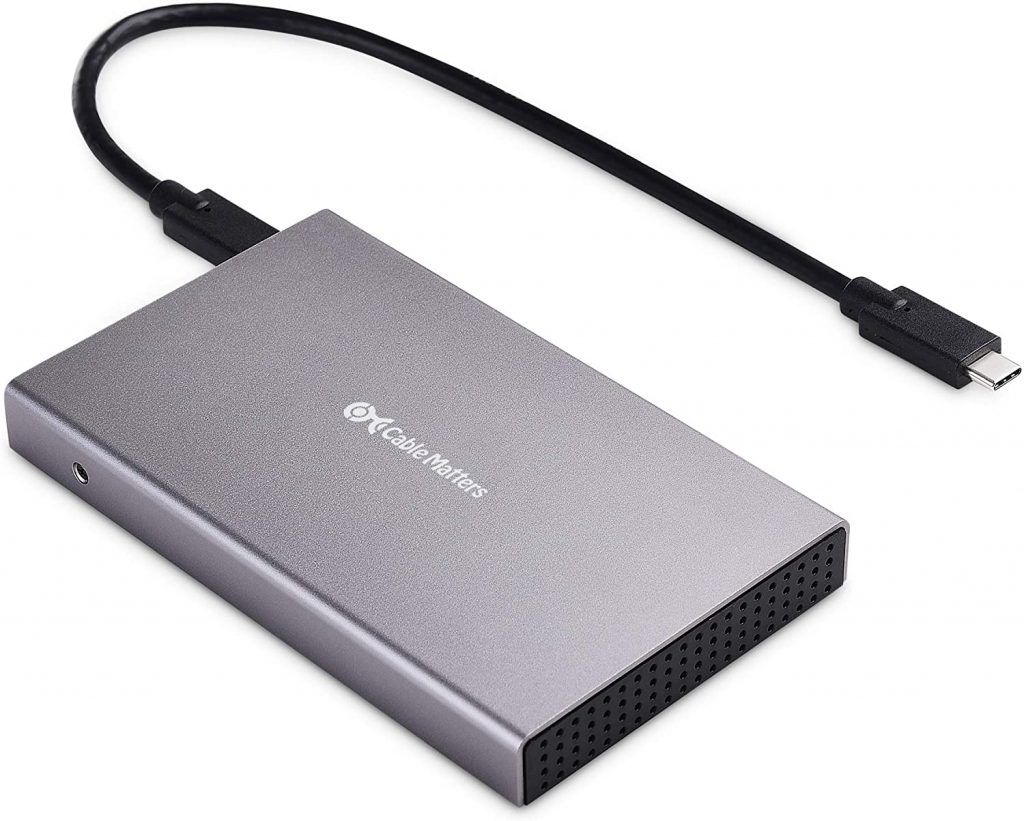January 1, 2025
Zen And The Art of Archiving
Welcome to 2025! With the new year comes a fresh start, time to say goodbye to yesterday. And because your computer’s hard drive has a finite amount of space available, the first of the year is a good time to clean things up when it comes to the data on your computer. And this goes for your email as well.

First thing you’re going to need is an external hard drive, preferably a solid state (SSD) model, although if you have an old school type lurking about, that will do the trick. Once you copy your data to the external drive, plan on putting in a secure place, such as a safe or lockbox.
OK, so the best way to back up data is to copy your entire “home” folder onto a backup drive. Not only will that copy all the files on your Desktop, Documents, and Downloads folders, it will back up your Library folder, which contains your browser settings, your email (whether you use Apple’s Mail program or Outlook), and other miscellaneous items, such as Quicken files, among others. Your “home” folder (which usually named after you) is found inside the Users folder, which is found in the top level of your hard drive, which is named “Macintosh HD” by default.
*Important note: If you have multiple user accounts on the computer, you will want to back up ALL the different “home” folders found within the Users folder.
To back up your “home” folder, plug in the external hard drive and allow it to mount. Depending on how you have your finder settings enable it may appear on the desktop. If it does, double click it and drag your home folder onto it. If it doesn’t appear on the desktop, open a new finder window (Command-N) and look for it in the sidebar of the window. Best practice dictates that you first create a new folder on the external drive with the date of the transfer.

*More important notes: If you’re using the external drive for a Time Machine backup, you won’t be able to use it for any additional files, unless you have an older Mac OS. AND if you have any files that you want to copy that are OUTSIDE of your home folder (on the top level of the hard drive, for example), you’ll have to copy those to the external drive after you copy the home folder. Yes, things get more complex as time rolls by…
